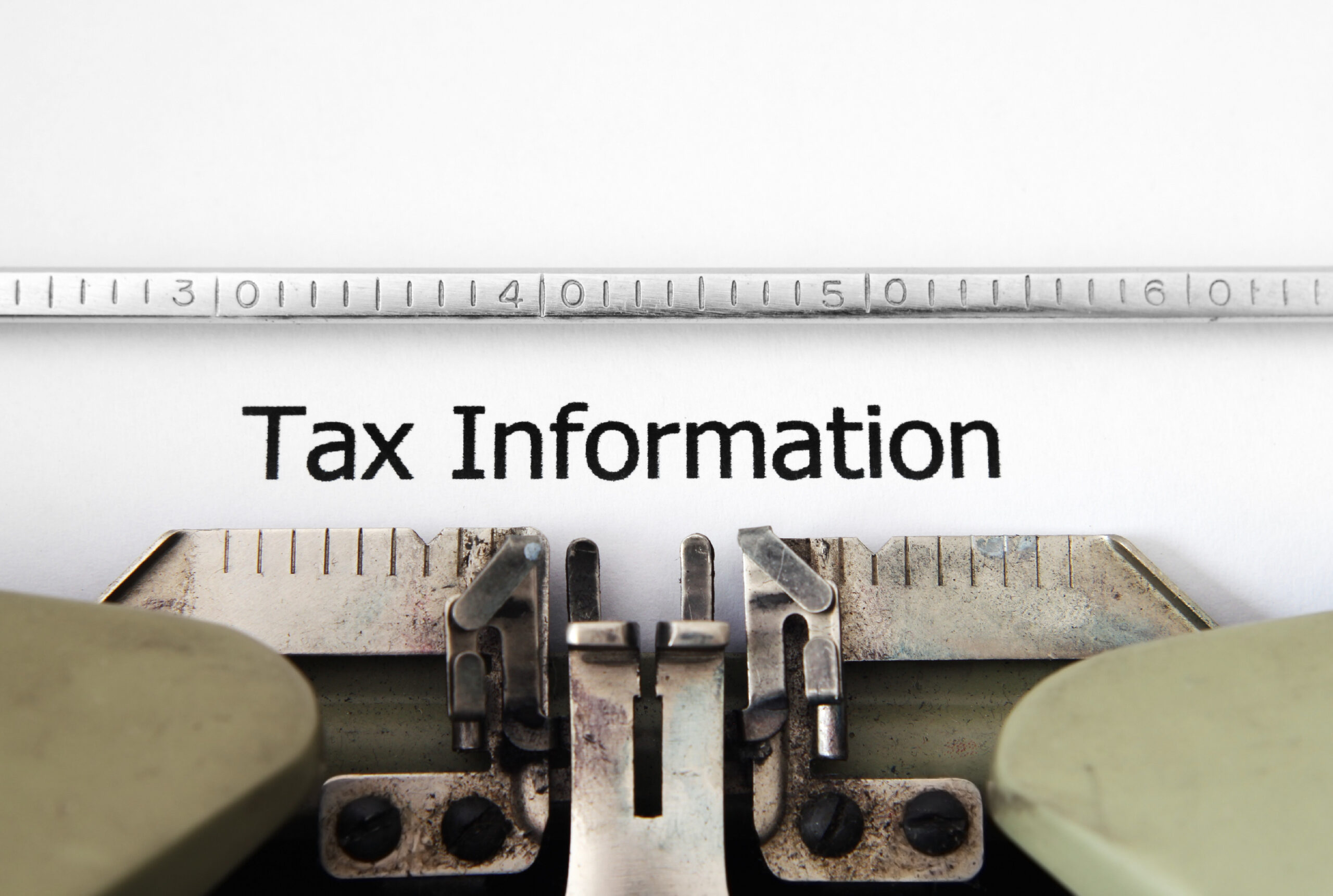It’s 2023, but you still have the chance to qualify for the employee retention credit (ERC) for the 2020 and 2021 calendar years. This credit can potentially help you recover a significant amount of money.
The ERC is a refundable tax credit against certain employment taxes. To claim this credit, it is necessary to amend your payroll tax returns for 2020 and 2021. While this might seem like a cumbersome process, the financial benefits can make it well worth the effort. For instance, if your business has 12 employees and meets the qualifications for maximum tax credits, you could receive a total of $312,000.
There are two primary routes to qualifying for the ERC:
- A decline in gross receipts. The most straightforward way to qualify is by demonstrating a decline in your gross receipts during the years 2020 and 2021. It is important to note that the decline does not have to be directly caused by COVID-19.
- Government order causing more than a nominal effect. If a government order caused your business to fully or partially shut down, you might qualify for the ERC for the wages paid during the shutdown period.
The deadline to claim the ERC for 2020—April 15, 2024—is about 10 months away. We strongly recommend that you act promptly to maximize your potential benefits from this program.
Claim Your 2020 COVID Sick and Family Leave Credits Today
You may have overlooked potential COVID-19 sick and family leave tax credits on your 2020 tax return. You might be eligible for up to $15,110 in tax credits, and the good news is that it’s not too late to claim them.
The IRS allows amended tax returns, so you can claim the credits today. Please be aware that you should act soon because the timeline for submitting amended returns is limited.
To realize the $15,110 in maximum tax credits, you must meet the following requirements:
- Adequate 2020 income ($143,866 of net income if you’re self-employed, or equivalent W-2 income if you’re an employee of your corporation)
- An inability to work in 2020 due to COVID-19
- A son or daughter who is either under age 18 or incapable of self-care because of a mental or physical disability
The law divides the credits into two categories:
- Up to $5,110 for individuals unable to work due to COVID-19-related reasons
- Up to $10,000 for individuals who cared for a child due to COVID-19
If you are self-employed and qualify, you can claim the credits by amending your 2020 tax return and filing a completed 2020 Form 7202 (Credits for Sick Leave and Family Leave for Certain Self-Employed Individuals) along with IRS Form 1040-X.
For corporation owners, if your corporation paid you while you were not working due to COVID-19, your corporation may qualify for sick or family leave tax credits. If your corporation has not claimed the credits in its 2020 returns, it can amend its payroll tax returns using Form 941-X. Please note that there’s a three-year statute of limitations for correcting payroll tax overpayments on Form 941-X; for 2020, that means it expires on April 15, 2024.
Also, please be aware that you cannot receive double benefits. If you received assistance through the Paycheck Protection Program (PPP), the ERC, or similar programs, you cannot claim the same self-employed income or employee wages for the COVID-19 sick and family leave credits.
The Cleaning Lady and Your Home-Office Deduction
If you have an office in your home that qualifies for the home-office deduction and you employ a cleaning lady who maintains both your home and your home office, there are a couple of tax considerations to keep in mind.
The amount you pay your cleaning lady for her services can have an impact on your taxes. Let’s assume you pay her $200 every two weeks, totaling $5,200 annually. Say your office is 15 percent of your home. In this case, you pay her $780 to clean your office and $4,420 to clean your home.
Here are two key questions:
- Should you pay your cleaning lady through a W-2 or a 1099 for the office cleaning?
- Do you need to pay the Nanny Tax for the home cleaning?
The answers depend on whether the cleaning lady is considered an independent contractor or an employee.
Given the conditions of her work—she cleans with little or no direction, provides her own supplies, and cleans many other houses—she exhibits the characteristics of an independent contractor.
Accordingly, for the $780 you paid her to clean your office, you should provide her with a 1099-NEC form. On the personal front, you are not liable for the Nanny Tax because the cleaning lady qualifies as an independent contractor.
Please note that if you fail to file Form 1099-NEC, you could face an intentional disregard penalty of $630 or more for each missed form.
Shutting Down a C Corporation
There are several tax implications that you need to be aware of when shutting down a C corporation.
Complete liquidation of a C corporation is when it ceases to be a going concern, winds up its affairs, pays its debts, and distributes its remaining assets to the shareholder(s). In tax terms, the corporation redeems all its stock, and during the redemption, there can be one or more distributions pursuant to a plan.
While not mandatory, having a written plan is advisable because it establishes a specific start date for the liquidation process. This helps differentiate between regular dividends and liquidating distributions.
There are three ways your corporation can achieve liquidation:
- Distribute all of the corporation’s assets to the shareholder(s).
- Sell all its assets, and distribute the proceeds.
- Sell some assets, and distribute the resulting sales proceeds and unsold assets.
The bottom-line federal income tax results for all these options are similar for the corporation and the shareholder(s).
If your corporation distributes property other than cash during liquidation, it must recognize taxable gain or loss as if the distributed property had been sold for its fair market value (FMV).
As a shareholder, you treat the liquidating corporate distribution as payment in exchange for your stock. You recognize taxable capital gain or loss equal to the difference between the FMV of the assets received and the adjusted basis of the stock you surrender.
The complete liquidation of a C corporation with appreciated assets often results in double taxation—once at the corporate level and again at the shareholder level. Hence, the timing could be critical depending on your situation and future changes in tax rates. As of 2023, the maximum individual federal income tax rate on long-term gains from a corporate liquidation is 20 percent, or 23.8 percent if the 3.8 percent net investment income tax applies.
Once you decide on a complete corporate liquidation, the Board of Directors should adopt a plan and file Form 966 (Corporate Dissolution or Liquidation) with the IRS within 30 days of adopting the liquidation plan. The corporation should then file its final tax returns.



